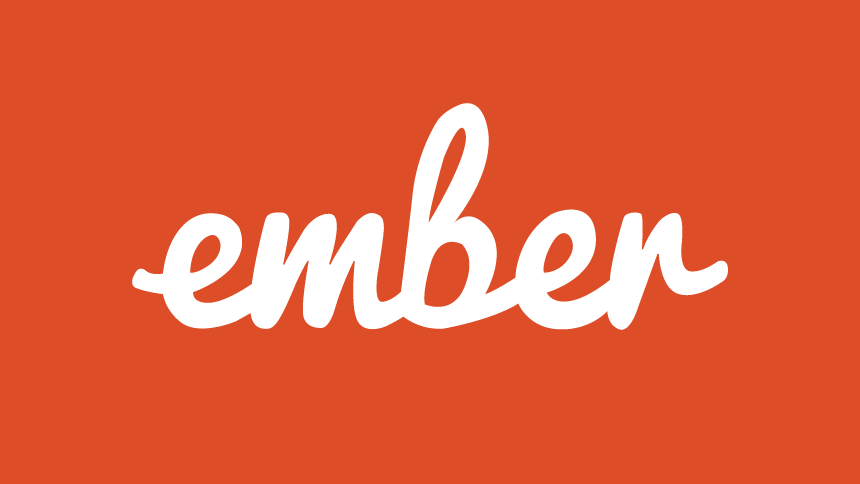Just as a foundation is a critical part of any building or structure, so too is an application framework key to the creation of a finished dynamic product. Currently, there are a number of available frameworks for development teams to choose from, each providing its own set of unique benefits and features.
Today we’ll examine two of the most popular frameworks – Angular and Ember – and take a look at the advantages offered by each and what developers can expect as the next versions are released.
Angular: Key features and benefits
Angular is one of the most widely-utilized frameworks today, and for good reason. The technology provides developers with a number of beneficial capabilities, including:
- Reusable code libraries: Software development expert Ben Lesh noted that one advantage to Angular is the ability to establish reusable code libraries through the use of modules. This is especially helpful with larger projects, as it enables developers to more easily encapsulate modules and combine them in a single file.
- Streamlined bootstrapping: This framework also allows developers to carry out bootstrapping processes in a more simplified manner.
“Just include one JS file, and add an ng-app directive to the page and you’re in business,” Lesh pointed out.

- Ability to extend HTML: Developers are also able to harness the power of HTML with Angular, enabling them to utilize the framework’s directives to establish behaviors for both custom and existing HTML functions.
“This is an incredibly powerful tool,” Lesh pointed out. “It can be used to create reusable ‘controls,’ event bindings, interactions like modal dialogs or slider controls and even validation.” - Two-way binding: Lesh noted that Angular was one of the first frameworks to offer two-way binding to plain old JavaScript objects, and it was this key capability that helped launch the platform. This is just as critical today and having a framework with this ability built in is incredibly beneficial.
Ember: Key features and benefits
The Ember framework comes with its own advantages that set it apart from other frameworks available today. Lesh highlighted a few of these benefits, including:
- Testable code for two-way binding: Ember also offers two-way binding capabilities, but also requires that developers write testable code. This enables binded instances to be viewed within a single, testable platform that helps streamline the testing process.
- Code organization through convention: Ember enables developers to leverage Es6 modules to easily locate files for both models and routes based on their names. This can help save time, and is particularly beneficial with larger products that have a greater number of files involved in the development process.

- Automatic wiring: Lesh noted that Ember takes its automatic organization capabilities a step further by enabling automating wiring of connected elements. Whereas other frameworks require developers to carry out this process by hand, Ember orchestrates this automatically.
“In Ember, when you add a route named ‘smith,’ it’s automatically going to look for a controller either named SmithController or in the appropriate file (if you’re using Ember 1.5’s Es6 modules),” Lesh wrote. “This goes the same for a smith template, or a SmithRoute, etc.” - Aligned with current standards: Ember also encourages the creation of dynamic products that adhere with current Web standards. For instance, the framework complies with W3C’s Web components draft by ensuring that custom components are named in a specific convention.
The future of Angular and Ember: Versions 2.0
Although release dates have not been set for Angular 2.0 or Ember 2.0, the development community is looking forward to these rollouts. Experts have high expectations for both new versions, and are anticipating several impactful improvements.
According to industry expert Rob Eisenberg, Angular 2.0 will come equipped with a number of capabilities, including enhancements that ensure more streamlined ease of use. Eisenberg noted that when Angular was first created, it was missing certain design on library content that was added later, including custom directives and controllers. However, as these elements were bolted on as needed, the resulting API was “less than elegant.”
“If Angular is to be truly easy to learn and use, then it has to have a clear understanding of its own core features from the outset. A framework where directives and controllers are part of the initial design, rather than bolted on after the fact, is going to be better on many counts.”
Rob Eisenberg, UI Development expert
In addition to this streamlined format, Angular 2.0 will also include:
- AtScript capabilities
- Templating and data binding
- Dynamic loading
- Template syntax
Ember 2.0 is also expected to deliver improvements over its predecessor. GitHub contributor Tom Dale noted that this includes the ability to reduce code complexity and reduce file size, making Ember-based products much easier to update and maintain.
Ember 2.0 will also enable:
- New HTML syntax
- Consistent template scope
- Default one-way data binding
- More specific communication between components
- Improved actions established through simple callbacks inside components
While current versions of Angular and Ember offer a number of powerful advantages for developers, the next versions promise more streamlined ease of use and new capabilities that will help enable the creation of unique, dynamic Web products.
